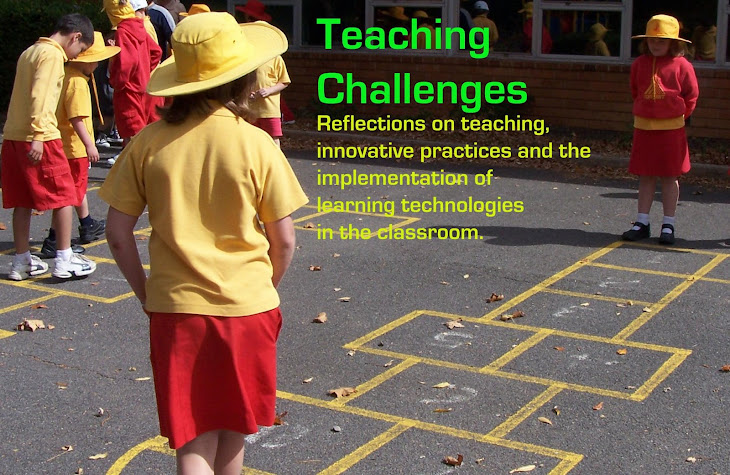Week 2 and 3 - Finding Out and Sorting Out
The activities in these weeks were designed to provide opportunities for students to find out about space and sort their ideas in a range of forms. Students typically "found out" through books, videos, websites, experiments and guest speakers. They "sorted out" using writing, diagrams, models, reports and art.
Science
Students experimented with different sized meteors - an orange, a golf ball and a marble. They dropped these from a control height to see how meteor size affected crater size. In addition to this, they dropped the items from a greater height to see how speed affected crater size. Students enjoyed this activity immensely and learnt more about craters as a result.
Special Guest
We had a special guest visitor in our classroom this week. Susan was involved with an experiment involving a small rocket which was sent 400km above the Earth's surface and returned about 400km away from the take-off location. She explained the process involved and showed a video of the take off. Students were fascinated!
Integrating with Literacy
The Planets
As we read through two big books about the planets, students created "wonder clouds" on a worksheet. Students considered the questions left unanswered on each page and wrote them in their wonder clouds to revisit at a later point in time. This activity was designed to develop students questioning activities during the reading process.
Students were then provided with a range of books to use for research. They each chose a planet to research and created a mind map to gather information about the planet's appearance, features, location, history & exploration. When they had gathered sufficient information, they began to write a report using the format on Writing Fun. They then edited it (or had ME edit it!) and began working on a final draft to be made into a class book.
Life Cycle of a Star
Students began by taking 10-15 minutes to write down their prediction of the stages that a star goes through during its lifespan. Following this, we talked about the different ways we find out information - written text, diagrams, pictures, videos, podcasts, songs, teacher-talk. We viewed an explanation of a star's lifecycle through this interactive website. We then listed the positives and negatives of this form of gathering information. I then gave students a photocopy of an explanation from a book. They read through the information, and again we listed the positives and negatives.
In the following lesson we watched this video:
Friday, October 30, 2009
Space Spectacular #2
Labels:
art,
experiment,
guest,
literacy,
planets,
science,
space,
Space Spectacular,
writing
Subscribe to:
Post Comments (Atom)






No comments:
Post a Comment
I'd love to hear your thoughts and questions. Please don't be shy...
:)